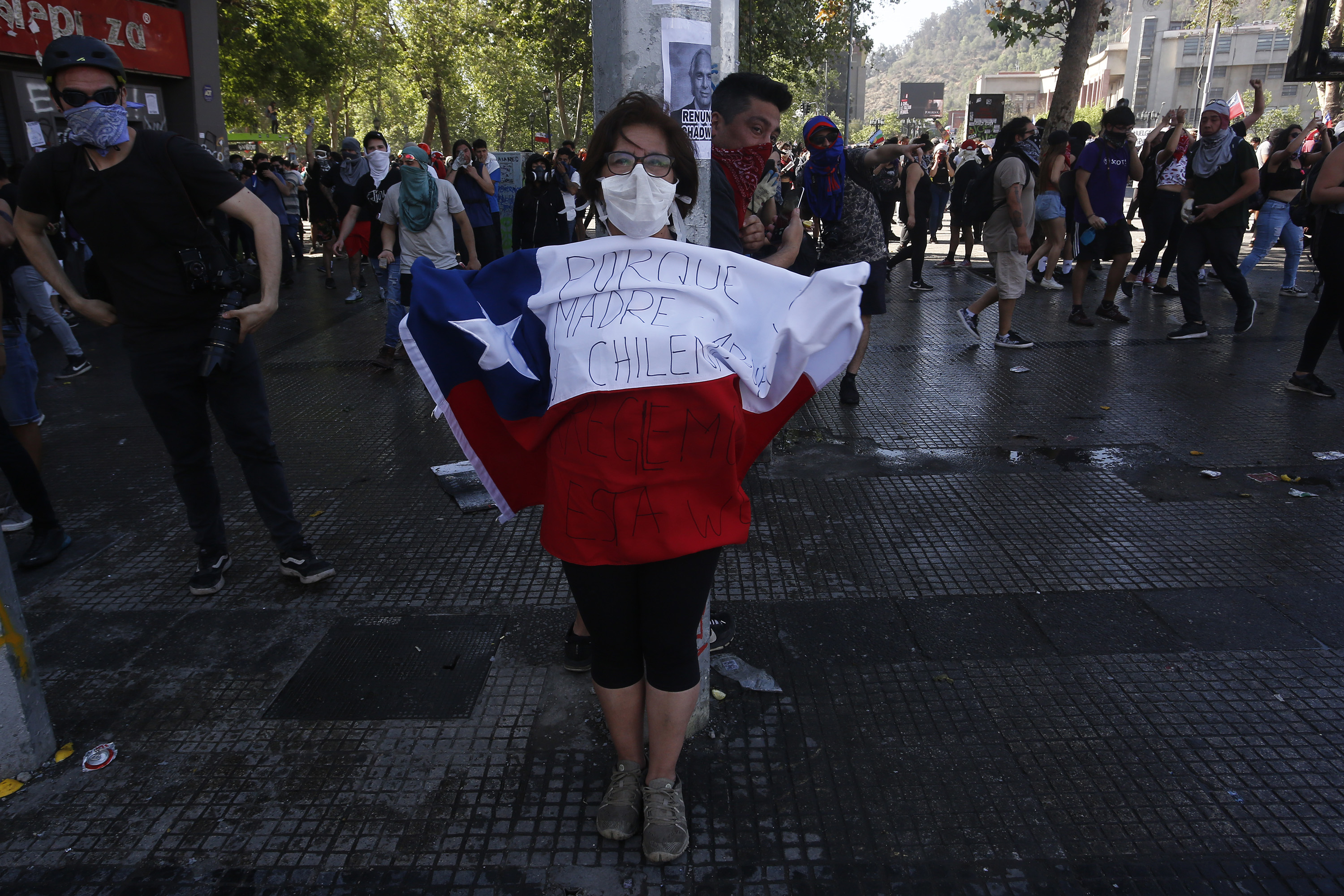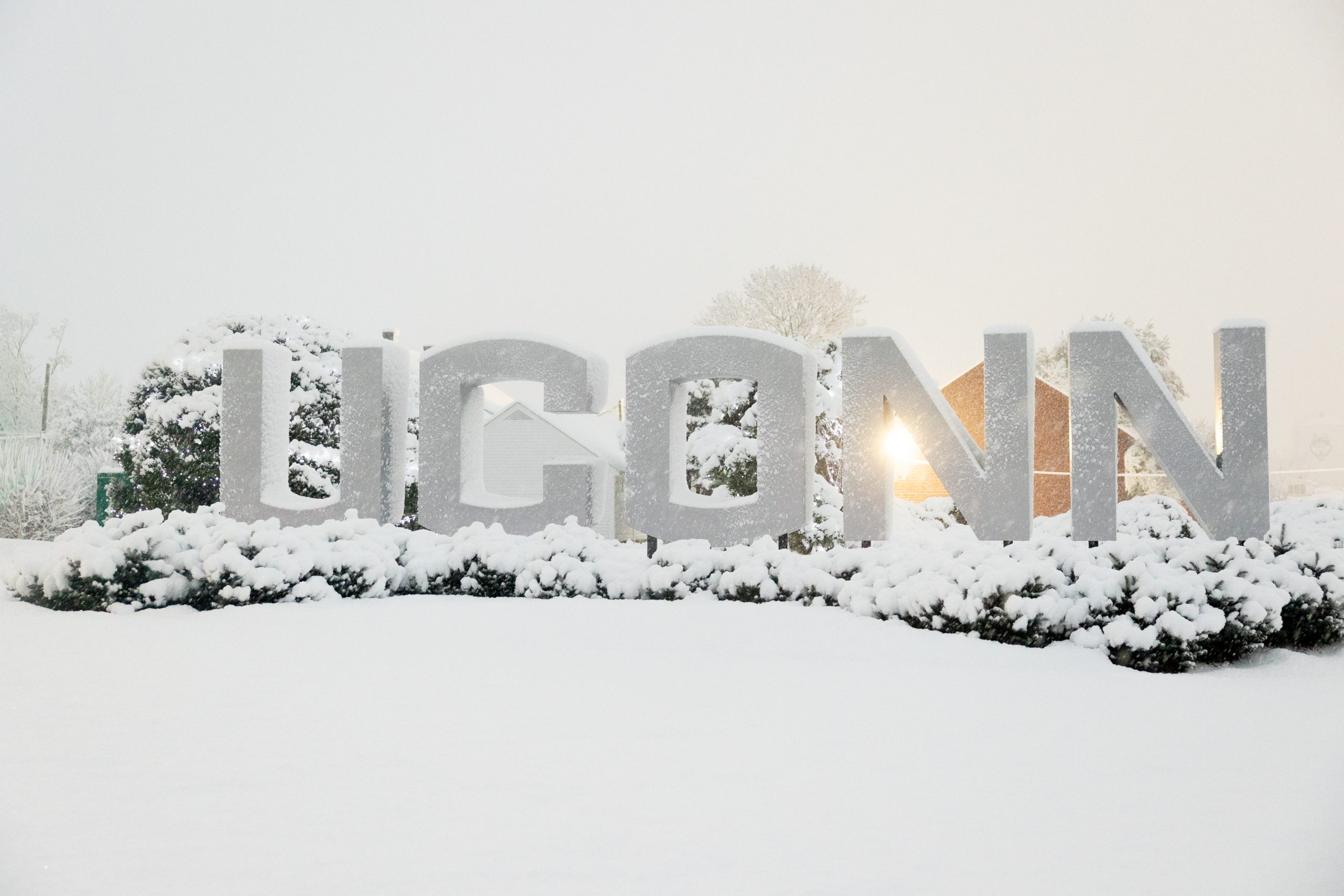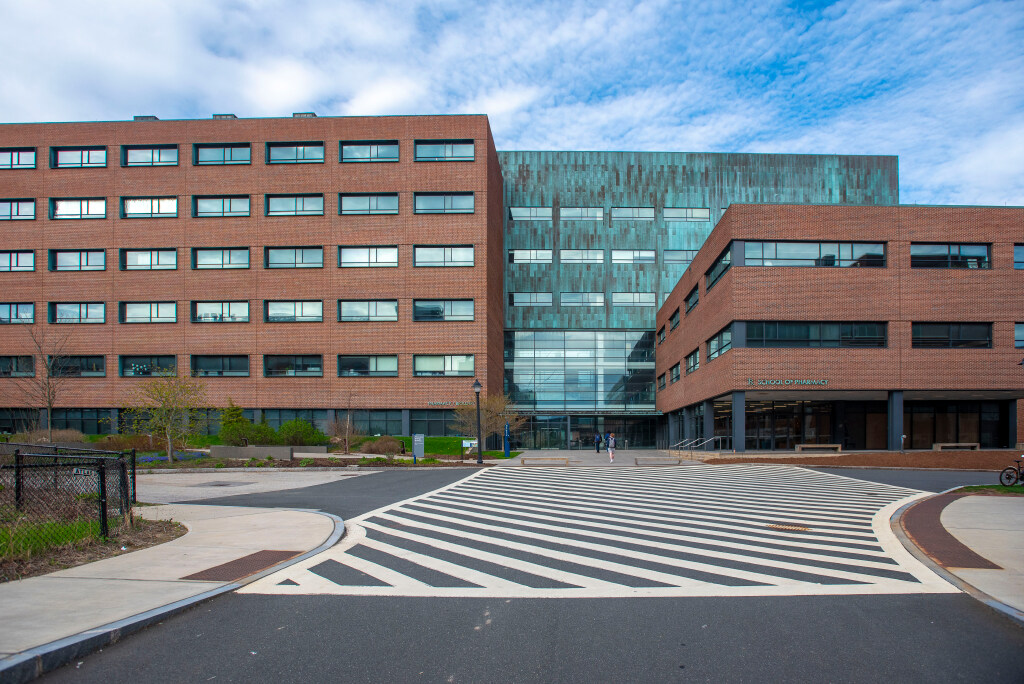On Friday, Oct. 18, years of long-simmering tension over economic inequality, an unresponsive political system, and other factors erupted into massive demonstrations in cities across Chile after people in the capital of Santiago came into the streets to protest a fare increase for the city’s train system. Long seen as a model of economic prosperity and democratic stability in the region, Chile’s billionaire president, Sebastián Piñera, boasted in an interview just days before the protests that his nation was safe from the unrest that has recently erupted in Ecuador, Peru, Venezuela, and elsewhere.
Professor Mark Healey, head of the Department of History and an authority on contemporary Latin America, explains in this interview how Chile reached this point, how its government might de-escalate the situation, and what it means for the rest of the region. (The conversation has been lightly edited for clarity and length)
Q: Press coverage in the US so far has focused on the now-rescinded metro fare hike as the spark for the protests, but presumably the discontent goes deeper than that. What are some of the broader reasons for the protests?
A: One of the most telling slogans of the protests has been, “It’s not about 30 pesos, it’s about 30 years.”
It’s important to understand that present-day democratic Chile remains the child of the dictatorship that ended in 1990. The country’s constitution is the one left by the dictatorship, with light tweaks, and its economic model still closely follows dictatorship policies. You see this in the capital city of Santiago, which became much more segregated by income under the dictatorship than it had been previously, and even with sustained economic growth, that segregation has persisted and deepened.
The metro is the one thing that ties Santiago together even as it’s grown more unequal, and it’s been a big success. Along with Mexico City, it’s really the model for metro systems in Latin America. But it’s run as a quasi-public agency dependent on raising its own revenue, and it’s very expensive.
Back in 2007, a chaotic attempt to integrate the bus system with the metro led to huge delays, fare increases, and massive protests. In frustration, many stopped paying the fare. And the government’s response was to create a so-called “shame list” of fare-jumpers that was heavily publicized in the media.
Meanwhile, the last decade has been a cavalcade of corruption scandals in business, government and politics, for tax evasion, embezzlement, legal misdeeds, you name it, and virtually no one has suffered significant legal consequences.
So you have an increasingly unequal society where people are less able to afford basic things like transportation to their jobs, they feel like no one listens when they protest, and they also know the full force of the law will fall on them if they step out of line even a little bit. A cartoon was going around this week, showing Santiago divided into two districts: the humble parts where people “evade the fare”, and the fancy parts where people “evade taxes” and the law.
Q: Despite the history of protests in Chile over the last 10 to 15 years, and despite what’s happening elsewhere in the region right now, it seems like these protests have taken the government by surprise. How has President Piñera responded?
A: He has given a kind of master class in catastrophic political communication. A few days before the protests, he said in an interview that Chile is an oasis in the region, doubling down on the narrative of Chilean exceptionalism. And on the Friday night when the protests in Santiago really exploded, he was photographed having dinner at an upscale pizzeria.
So Piñera declares a state of emergency, sets a curfew, and calls out the army to deal with the protesters, the first time this has happened since the dictatorship. And then he addresses the nation on television and says “We are at war with an implacable enemy,” throwing aside the democratic tolerance that’s been a hard-won core tenet of Chilean political life since the end of the dictatorship.
And you have now, at least, 18 people dead and thousands of people arrested, and hundreds of complaints of sexual abuse, torture, and human rights violations. All the demons of the past have been brought back to center stage.
Meanwhile, the First Lady, in a phone message that was later leaked, told a friend she was frightened of a master plan by protestors and described the country under siege by “a foreign invasion, an alien invasion, I don’t know what to call it.”
Then, on Tuesday, Piñera goes on television again and gives a very conciliatory address, and talks about how Chilean society has a problem with inequality, the problems go back for years, asks for forgiveness, says he wants to listen to the protesters, and so forth.
It’s just been total incoherence, from indifference to “we’re at war” to this new conciliatory tone. It’s a catastrophic failure of political leadership.
Q: Given that the protests show no signs of dying down, with student and union leaders calling a two-day general strike, is there anything the Chilean government can do to stabilize the situation?
A: The first concrete steps he can take are to take the police and military off the streets, lift the state of emergency, fire some ministers, investigate complaints of state violence, make some serious gesture at amnesty, and bring not just the opposition parties but civil society and other groups into discussion. Part of the background to this has been a series of corruption scandals that have tainted basically every major party in Chile, and no one has been significantly punished. That’s led to a severe loss of confidence in the political system.
Piñera should also apologize more substantially for the damage that he’s done to the Chilean model and to Chilean democracy, which he initially tried to blame on the protesters. There was an editorial this week in the Financial Times that opened “Armoured personnel carriers on the streets are not the answer to protests” When you’re promoting your country as a model of stable democratic capitalism and the Financial Times is calling you out like that, that’s a sign you’re in trouble.
Q: Since Chile has, as you mention, been held up as a model for the rest of Latin America for so long, what lessons do these protests have for the region? Is there a way to connect the dots between what’s happening in Chile and what’s happening in Ecuador, Peru, and elsewhere?
A: Much of the attempted dot-connecting is not helpful, because many people have been, for example, accusing Venezuela and Cuba of masterminding the protests instead of looking honestly at the reasons people are actually protesting.
But more broadly, what we’re seeing in the region is disenchantment with stagnation that is leading to a dangerous disenchantment with democracy.
The 2000s were a time of exceptional economic prosperity and stability for much of Latin America, under left or center-left governments. That “pink tide” has clearly receded. The right came to power in part because center-left governments faltered in bringing prosperity and failed to strengthen institutions, but the right has systemically not delivered on stronger democracy, institutions, or growth either.
There are lots of worrisome echoes of the past right now, most obviously the images of presidents standing in front of generals that have become ubiquitous in the last few weeks.
Across the region, this is a definitely a gut-check moment when it comes to commitment to inclusive democracy.
But at least in Chile, there is no doubt where popular opinion lies. The end of this surprising week of frustration, brutality, and rudderless political leadership was the largest popular demonstration in the country’s history. On Friday, 1.2 million people went peacefully into the streets to demand a different future for the country. Among the many songs they sang was one classic by Victor Jara, the folk singer murdered by Pinochet’s dictatorship right after the 1973 coup: “The Right to Live in Peace.”



